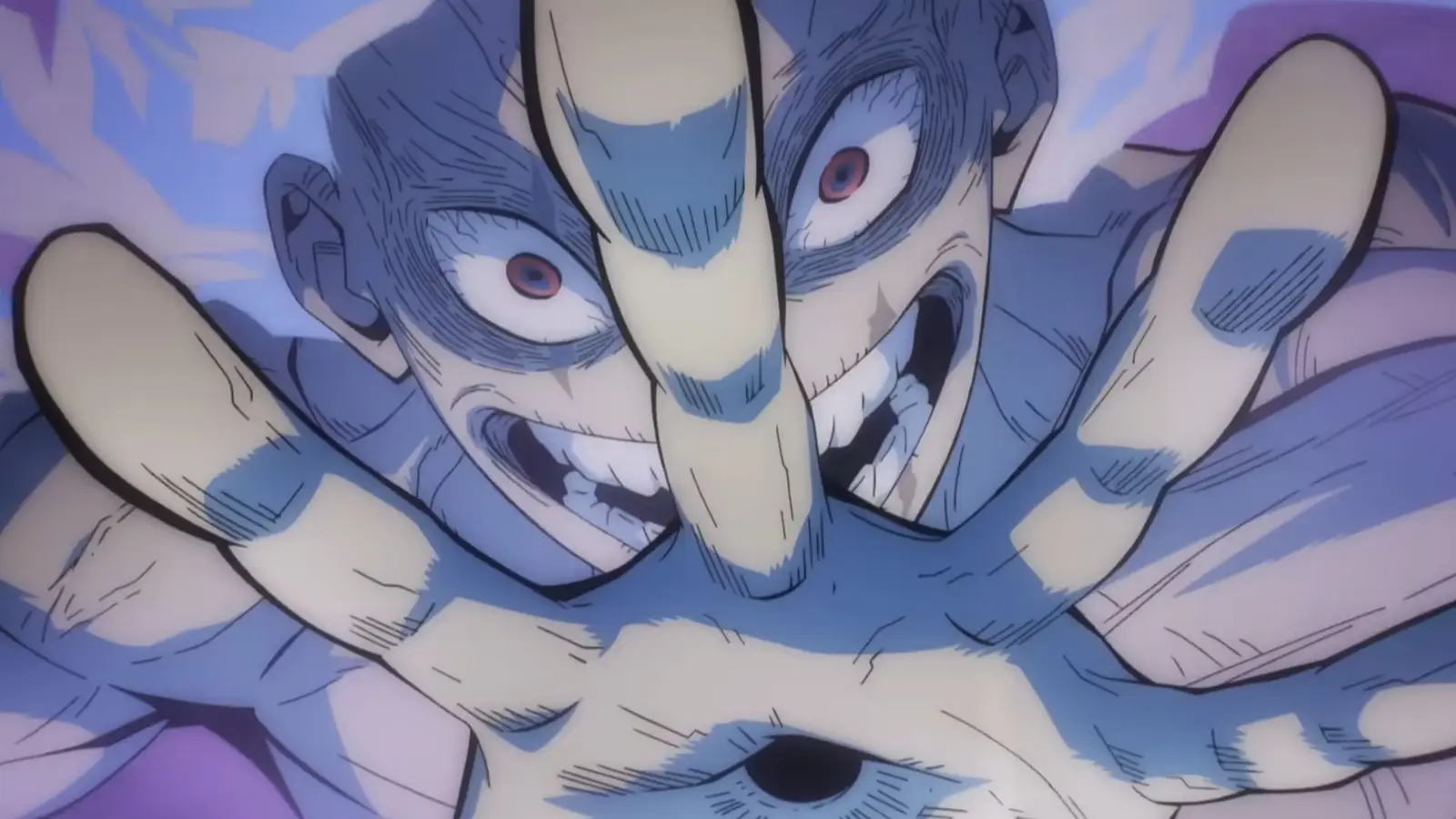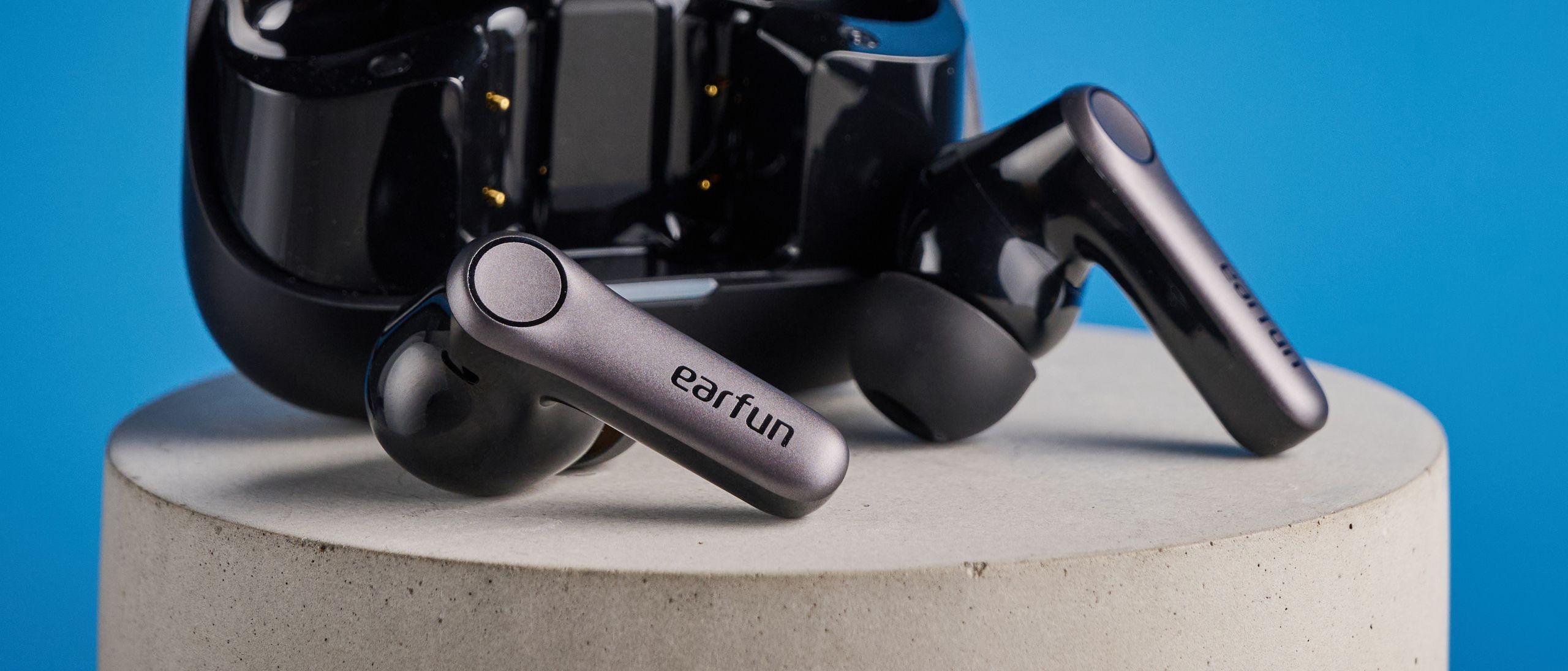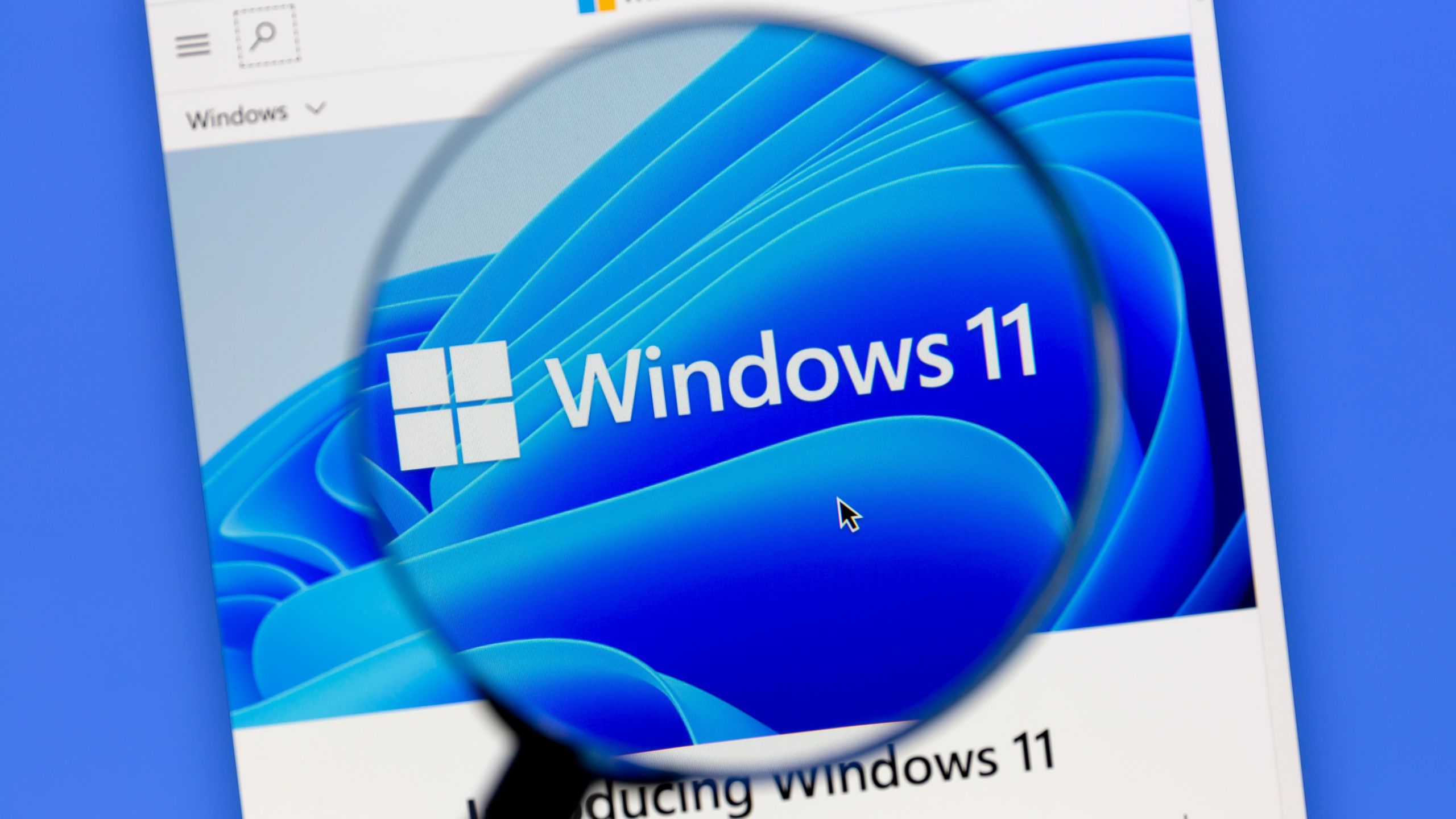Copyright Screen Rant

Within the expansive world of My Hero Academia, quirks are the manifestations of power. However, not all power finds its purpose. Beneath the iconic quirks that dominate the anime’s headlines, several abilities hold depth that the series barely touches. Each of these quirks carries layered mechanics, capable of changing not just fights but how the world functions. Unfortunately, narrative focus often limits them to spectacle or brief demonstrations, leaving entire systems of logic unused. For these quirks, their value isn’t in raw power, but in the possibilities they hold. Nevertheless, recognising potential clarifies how My Hero Academia’s world views ability, as a mirror for imagination and a measure of how much the story allows its characters to grow and evolve. Overhaul Classified as an emitter-type quirk, Overhaul allows Kai Chisaki to deconstruct and reconstruct matter at the touch of a finger. Hence, Chisaki can break down any substance into components and rebuild it into a new form, including organic tissue. This gives him the power to heal injuries, create weapons, or instantly reshape his surroundings. In the skilled hands of a character like Chisaki, it is the perfect combination of destruction, restoration, and control over physical space. However, despite the quirk’s obviously high restoration capacity, it was trapped within Chisaki’s obsession with purification. He used it only for cruelty and manipulation, driven by narrative intent. The same ability could have rebuilt cities after disasters, restored lost limbs, or revolutionized the field of medicine. Overhaul’s potential for renewal far outweighed its destructive side, yet the story reduced it to brutality, wasting one of the most thematically rich quirks in the series. Manifest Used by Tamaki Amajiki, Manifest is a transformation-type quirk that allows its user to temporarily acquire the physical traits of whatever they eat, provided the food remains within their digestive system. Accordingly, if Tamaki consumes seafood, he can grow tentacles; if he eats metal, he can harden his skin, making him one of the most flexible fighters in My Hero Academia. With Manifest, he can adapt instantly to different enemies or environments with near-limitless combinations. Regrettably, the quirk's potential is underutilized due to its users’ character. Tamaki’s anxiety and modest personality prevent deeper experimentation. The quirk could easily extend beyond combat into areas such as survival or rescue operations. Ultimately, his creativity should have been as central to his character as his courage, but the series rarely allows him to grow beyond reactionary moments in battle. Foresight Belonging to Sir Nighteye, Foresight allows its user to accurately predict the future moves of a chosen person for one hour. Activated first by physical contact, followed by eye contact with the target, he used it to anticipate enemy attacks and prevent disasters with precision. Despite the quirk’s drawbacks of time accuracy and usage, Foresight provided a rare narrative tool in My Hero Academia. Theoretically, Foresight could map probabilities and optimize missions across entire regions. Instead, the story treats the quirk as fatalistic, where the future shown becomes an unchangeable prophecy, removing the nuance that would make it powerful. Limiting it to tragedy stripped away its potential to reshape how the hero world perceives planning, risk, and choice. Comic Comic allows Manga Fukidashi to bring onomatopoeia to life. When he shouts sound effects like “BANG” or “POW,” the words physically manifest, becoming barriers or weapons depending on context. The quirk turns language into matter, combining communication and force in one of the most original mechanics in the series. Despite its inventiveness, Comic is not used enough to fully explore its potential. Though its user, Comicman, is classified as an all-around stable hero with an exaggerated sense of humor, it simply ends there. The quirk’s linguistic basis could have made it a versatile tool for crowd control or rescue coordination, but its character’s limited narrative use ensures it won't. Limiting it to humor wasted a concept that ties creativity, literacy, and combat together in one expressive ability. Solid Air Solid Air is a close-range quirk used by Kosei Tsuburaba, allowing him to solidify air into tangible constructs. By exhaling and shaping airflow, they can form walls, platforms, and soundproof barriers that remain suspended in midair. These constructs support weight and block sound-based Quirks. The ability blends environment control with stealth utility. Despite the flaw of its slightly above-average durability, the quirk’s potential extends beyond fighting. Applied to construction and rescue operations, Solid Air could stabilize collapsing buildings, contain toxic leaks, or bridge evacuation zones during disasters in ways that could further expand narrative leeway. Yet, in the series, it is barely visible, except in minor roles. Fiber Master The quirk belonging to the hero, Best Jeanist, Fiber Master, lets its user manipulate threads and fabrics at will, with no exceptions to fabric types. Therefore, Best Jeanist can control denim and other textiles, shaping clothing into binding restraints, offensive whips, or defensive shields. Additionally, the quirk extends to carbon fibers, increasing engineering potential. Its application ranges from combat control to stealthy restraint operations. In practice, it offers surgical manipulation of garments and materials to achieve an advantage, even against opponents like All For One. Regardless, its application within the story remains relatively narrow. Despite its apparent versatility in both combat and non-combat situations, Best Jeanist mainly uses it to immobilize villains or show moral restraint. Essentially, the story restricts him to hero work, which means leaving untouched a world where the quirk’s textile control could literally reshape civilian safety operations and infrastructure. Reflect Formerly used by the villain, Flect Turn, Reflect enables its user to absorb the impact of incoming attacks and return them to the sender. The effect is a redirection of kinetic force, energy blasts, or other impacts, amplified into a potential counterstrike. Shigaraki’s version copies the exact attack and releases it back. Disappointingly, the quirk’s uncontrollable activation status, coupled with an inability to store absorbed impact, means the quirk is limited to unsustainable reactive combat. With a little plot tweak, the concept of capturing and redirecting energy at will for Flect Turn could have raised the quality of his character to a few more levels than the story allowed. Danger Sense (Precognition) One of Deku’s inherited quirks, Danger Sense, provides its user with an intuitive warning of imminent threats within the surrounding area. The quirk registers the impending harm as a sharp internal pain to the head, allowing users to detect hazards before they manifest, like a sixth sense. For Izuku, it enhances his situational awareness, providing early warnings while simultaneously evaluating the anticipated threat levels. This also applies to multiple threats or enemies. Ultimately, while powerful, the quirk remains confined to the individual user’s survival, which, narratively, makes sense. However, the same quirk could easily evolve into a shared network of alerts among hero teams, turning instinctual awareness into coordination or even predicting the future long before it happens. Instead, it remains a personal advantage, reducing a potentially lifesaving global system to one person’s intuition.



